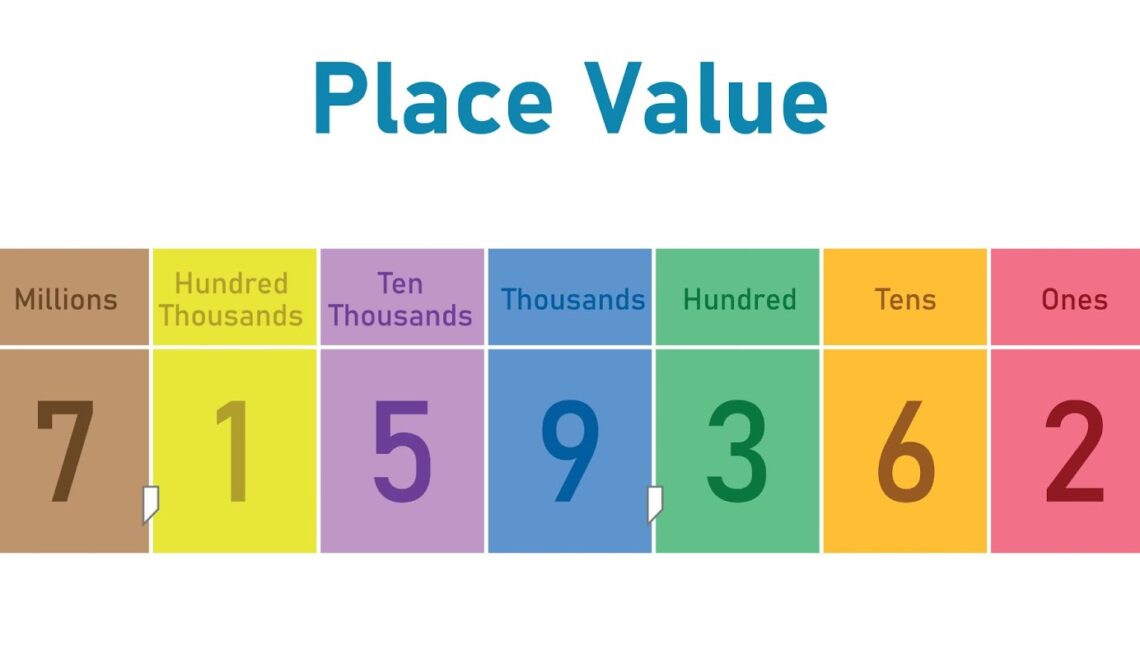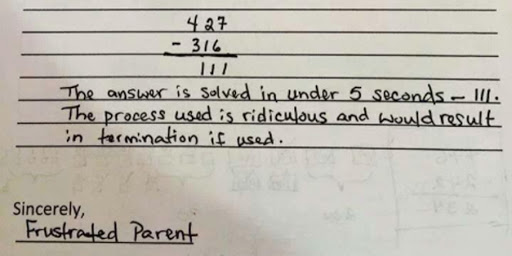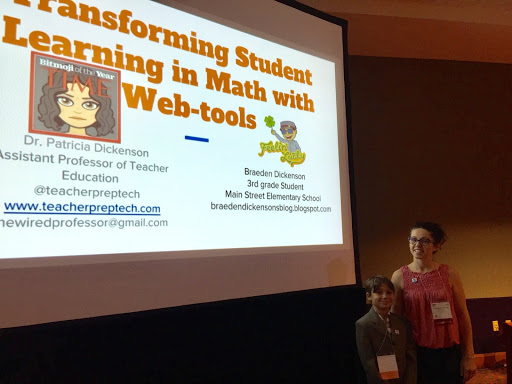
7 Ways to Support Students Understanding of Place Value
Hey Teachers, did you know that a key foundation in students’ mathematical learning is place value? Without a strong understanding, students will have difficulty in many other mathematical concepts and skills such as adding and subtracting multi-digit numbers. In addition, regrouping and decomposing numbers. (all based on place value) are critical to moving students toward fact fluency. Multiplication and division strategies also become too complex when students lack the foundation of place value to support their understanding of concepts and skills such as using the area model.
The decimal system, which is based on place value, is used in a wide range of mathematical concepts, including fractions, decimals, and percents. Using manipulatives to support conceptual understanding of decimals builds a foundation for visualizing each place value. In this video Dr. D demonstrates how you can go from the concrete to the representational to the abstract (CRA Model) and build fluency with decimals through the process of building, speaking, writing, and representing decimal values. In addition, consider using virtual manipulatives for the exploration of decimals as shown here with the Math Learning Center. Here are several reasons why students may struggle with place value:
-
Conceptual understanding: Place value is a complex concept that requires a deep understanding of the relationships between digits and their place in a number. Students may have difficulty understanding the role that each digit plays in a number and how the position of a digit affects its value.
-
Lack of practice: Practice is key when it comes to mastering place value. Students need repeated opportunities to work with numbers and see the relationship between the digits and their place in the number.
-
Lack of visualization: Place value can be difficult to visualize, especially for students who struggle with spatial reasoning. Some students may have trouble visualizing what the numbers look like and how they change based on their place value.
-
Memorization-based approach: If students rely solely on memorization to understand place value, they may struggle when they encounter new and more complex problems.
-
Misconceptions: Students may develop misconceptions about place value due to their prior experiences or misunderstandings. For example, they may think that a number like “7” is the same as “70.”
-
Limited experience with larger numbers: Students who have limited experience with larger numbers may struggle with the concept of place value and the relative sizes of numbers.
Overall, place value is a complex concept that requires a deep understanding, repeated practice, and a clear visualization of the relationships between digits and their place in a number. Teachers can support students in their understanding of place value by providing opportunities for hands-on learning, visual aids, and direct instruction that addresses common misconceptions.
Here are 7 Ways to improve students’ understanding of place value:
-
Hands-on Activities: Provide students with hands-on activities that help them understand the concept of place value. For example, students can use base-10 blocks to build numbers and understand the relationship between the blocks and the digits in the numbers.
-
Visual Representations: Use visual representations, such as place value charts and number lines, to help students see the relationship between the digits in a number and their place value.
-
Real-world Applications: Connect the concept of place value to real-world situations, such as money and measurements, to help students see the relevance and importance of understanding place value.
-
Practice and Repetition: Regular practice and repetition are essential for students to internalize the concept of place value. Provide students with a variety of problems and activities to work on and encourage them to self-check their work.
-
Emphasize patterns: Show students how patterns can help them identify place values, such as noticing that the place value of a digit increases as you move from right to left.
-
Use estimation strategies: Encouraging students to use estimation strategies, such as rounding numbers to the nearest ten or hundred, can help them understand the relative size of numbers and place value. Additionally, by estimating, students can check their answers and avoid making careless mistakes.
-
Technology Tools: Students can engage in problem-solving with virtual manipulatives to build a number and solve problems with digital tools. Using virtual number lines, base ten blocks, and recording tools can help you see where students’ gaps are and how they are making sense of the concepts and skills you are teaching.
For more math ideas please be sure to like and subscribe to the channel! @teacherpreptech







